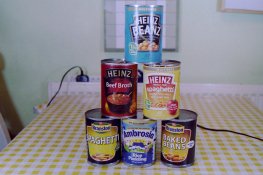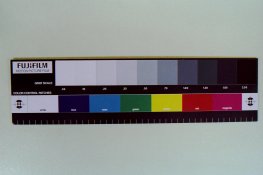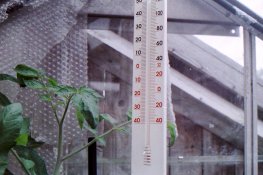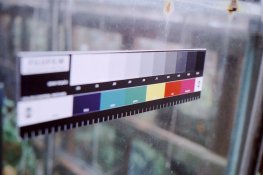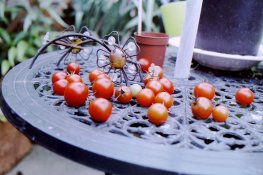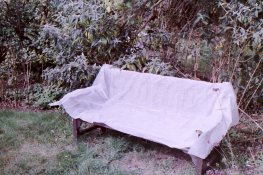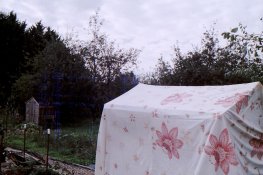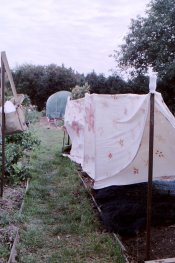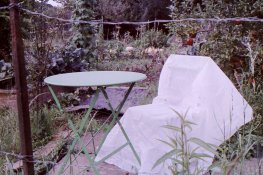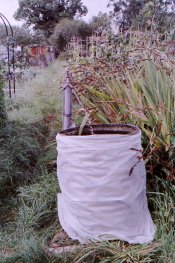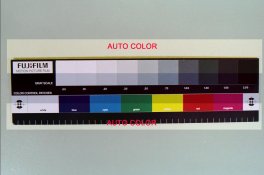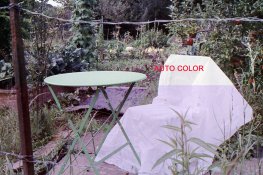Mogsby
Member
- Joined
- Jan 16, 2016
- Messages
- 151
- Format
- 35mm
I made up a second 500ml batch of ECN2 developer following the Kodak recipe and the film i just processed came out with colour shifts. I have seen some industry ECN2 kits that require a dev starter. The Kodak ECN2 processing module says nothing about a dev starter.
The first batch i made I had put old Fuji and Kodak Cine film through it (I expect the colours to be off on that sold stuff) before I put 2017 Vision3 through it, The fresh film result was good but not perfect. So I decided to make up this new batch in the hope of getting a really good result!. I got the opposite. I have read that developer starter is used to season the developer!, if i run some old EXR through the dev, would that season it?.
The only change I made in the workflow was to use a sulphuric acid stop bath rather than the B&W stop I had been using. Kodak say to use Sulphuric acid 7.0N. I don't have that!. But I do have Sulphuric acid 60% concenration. So to make 1lt of stop I added 15.5ml of acid to 12.5 ml of deionised water, I made that up to 50ml, then added it to 850ml of deionised water.
The other problem is that the negs are very thin! Could that be caused by the stop bath I made?.
Something in the box of tricks makes me sneeeze .
.
The first batch i made I had put old Fuji and Kodak Cine film through it (I expect the colours to be off on that sold stuff) before I put 2017 Vision3 through it, The fresh film result was good but not perfect. So I decided to make up this new batch in the hope of getting a really good result!. I got the opposite. I have read that developer starter is used to season the developer!, if i run some old EXR through the dev, would that season it?.
The only change I made in the workflow was to use a sulphuric acid stop bath rather than the B&W stop I had been using. Kodak say to use Sulphuric acid 7.0N. I don't have that!. But I do have Sulphuric acid 60% concenration. So to make 1lt of stop I added 15.5ml of acid to 12.5 ml of deionised water, I made that up to 50ml, then added it to 850ml of deionised water.
The other problem is that the negs are very thin! Could that be caused by the stop bath I made?.
Something in the box of tricks makes me sneeeze
 .
.







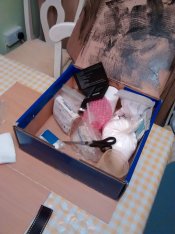
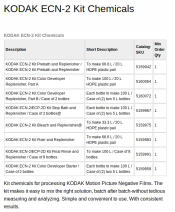
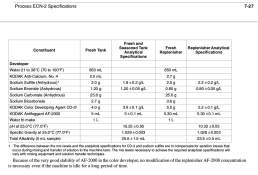
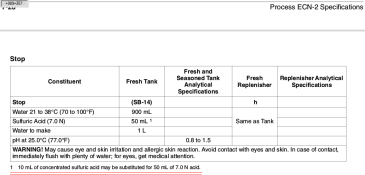
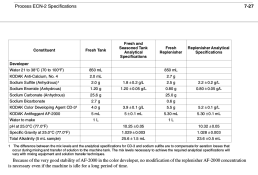
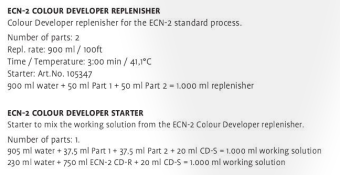
 .
.